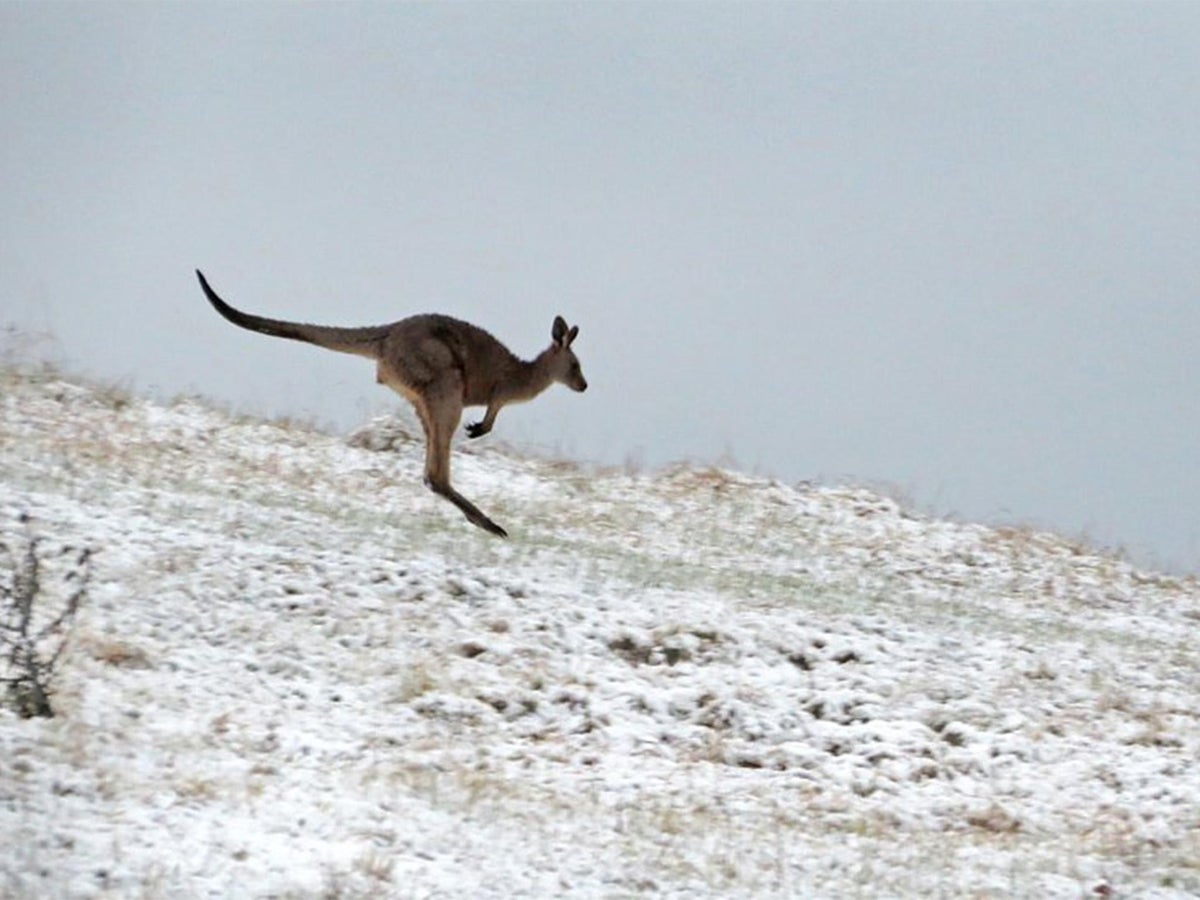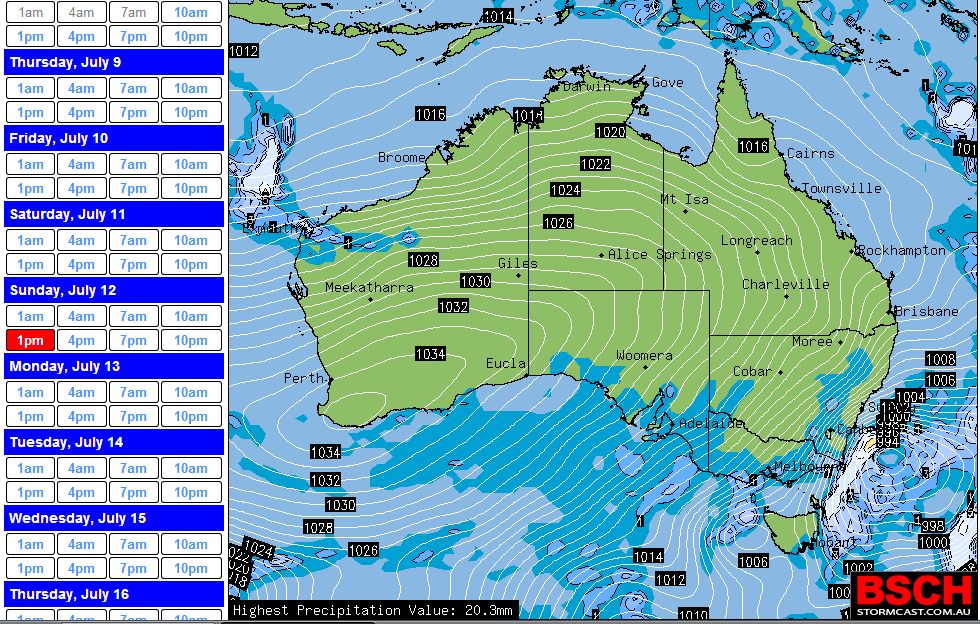Plan Your Next Adventure to Experience Snow In Australia with Loved Ones
Plan Your Next Adventure to Experience Snow In Australia with Loved Ones
Blog Article
Discover the Remarkable Impacts of Snow in Australia on Local Ecosystems
Regardless of its online reputation for sun-soaked landscapes, Australia additionally flaunts regions blanketed by snow-- a sensation that exceptionally affects the country's one-of-a-kind communities. The insulating residential or commercial properties of snowflakes shield plants and fauna in the middle of the chilliest winter seasons, while the melting snow supports rivers and water life.
The Unexpected Regions of Snowfall in Australia
Although Australia is commonly related to sandy coastlines and sun-scorched landscapes, particular areas remarkably experience snowfall. The high country regions of New South Wales, Victoria, and Tasmania are especially known for their winter snow. The Snowy Mountains in NSW, for circumstances, get bountiful seasonal snow, using a raw contrast to the nation's regular warm, arid climate. Meanwhile, the Victorian Alps and parts of Tasmania also see yearly snowfalls, changing the landscape right into a winter paradise. These locations are not just abnormalities however integral components of Australia's varied environment system. The existence of snow in these areas significantly affects neighborhood communities, ultimately impacting the country's unique biodiversity. The specific influence on Australia's distinct plants will certainly be discussed in the following section.

Exactly How Snow Impacts Australia's Distinct Plants
While it may appear uncommon, snowfall in Australia plays a vital role fit the country's distinct plants. The snow-filled winters foster resilience in Australian plant types. This is particularly obvious in the sub-alpine and towering areas, where snow gums and mountain plum-pines grow. These plants have actually evolved to survive in extreme conditions, with snow functioning as a protective covering from freezing temperature levels and severe winds. The snow likewise contributes to the wetness content of the dirt, providing needed hydration for plant throughout the completely dry summer season months. Basically, the snow affects the timing of flowering and seed dispersal, the development prices, and the survival of many plant varieties, showcasing the elaborate interplay in between climate and flora in Australia.

The Adaptations of Australian Animal to Snowfall
Just as Australia's plants has actually adjusted to the wintery conditions, the local animals also, exhibit remarkable adaptations to the snowfall. Species like the Mountain Pygmy-possum, the only Australian marsupial known to hibernate, have actually developed approaches to make it through in snowy settings. It uses the snow as insulation, hibernating in rock gaps underneath the snow to stay warm. The Snow Skink, a types of lizard, changes its colour to white throughout wintertime, supplying camouflage against killers. Birds such as the Snowy Hills' Crimson Rosella also adjust their diet regimens to consume available food sources throughout chillier durations. Therefore, regardless of the severe conditions, Australian fauna demonstrates a resilient and flexible nature, ensuring their survival in regions experiencing snowfall.
The Duty of Snow in Shaping Regional Ecosystems
In shaping the local environments, the function of snow in Australia is both multilayered and extensive. It affects the distribution of plants and fauna, mainly defining the biodiversity of alpine and sub-alpine areas. Snow provides an important water source, feeding rivers and tanks as it melts, hence sustaining a selection of marine life forms. Additionally, snow serves as an insulator, safeguarding ground-dwelling microorganisms from extreme cold. It plays a considerable duty in soil formation and nutrient biking. The routine freezing and thawing of dirt induced by snowfall cultivates the breakdown of rocks, boosting dirt fertility. Subsequently, the existence of snow shapes the vegetation patterns, animal behavior, and total sustainability of Australia's special communities. Does It Snow In Australia.

The Future of Snowfall in Australia: Predictions and Implications

Offered the Read Full Article critical duty snow plays in shaping regional ecosystems, the future of snowfall in Australia is drawing increasing focus from researchers and conservationists. Much less snow can result in lowered water schedule in towering regions, detrimentally affecting wild animals environments and plant life. The tourism industry, greatly reliant on the wintertime snow period, might also encounter significant difficulties.
Final Thought
The duty of snow in Australia's ecosystems is pivotal yet frequently neglected. It functions as a protector, a nurturer, and a shaper of varied towering types, adding to the splendor of Australia's high nation. As climatic patterns proceed to change, recognizing the effects and possible try here changes of these snow-influenced ecological communities is important. Therefore, the snow in Australia is greater than a natural spectacle; it's an important gamer in the country's ecological home story.
In spite of its reputation for sun-soaked landscapes, Australia likewise boasts regions buried by snow-- a sensation that greatly affects the country's distinct ecosystems. It makes use of the snow as insulation, hibernating in rock holes under the snow to stay cozy - Does It Snow In Australia.In forming the local communities, the role of snow in Australia is both multilayered and profound. The visibility of snow shapes the plant life patterns, pet actions, and total sustainability of Australia's distinct ecological communities
Given the important function snow plays in shaping local ecosystems, the future of snowfall in Australia is attracting increasing interest from researchers and conservationists.
Report this page